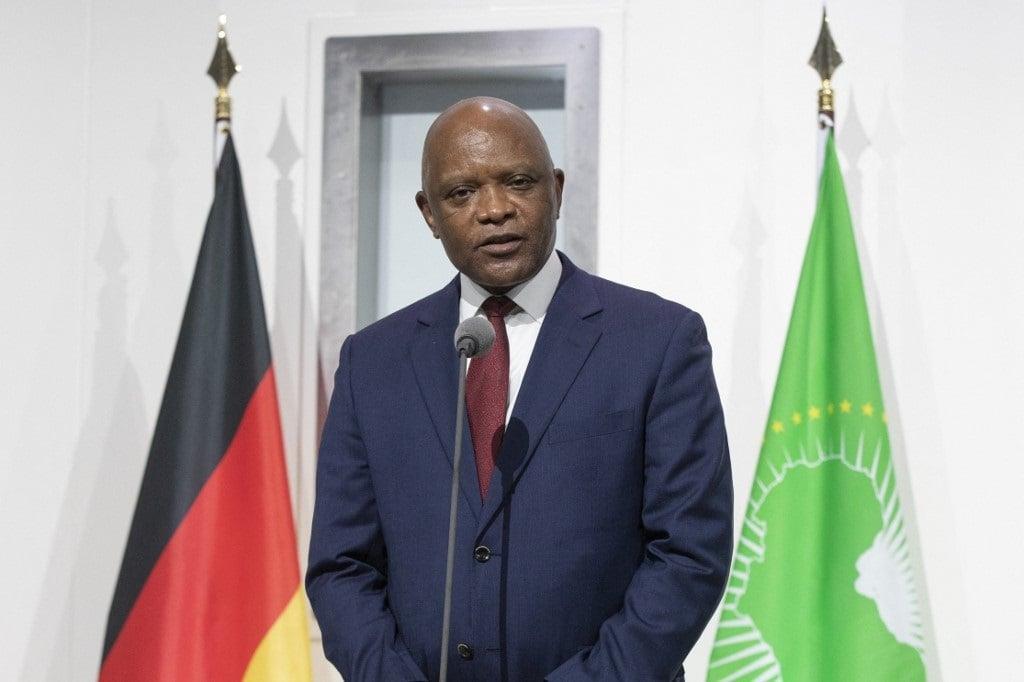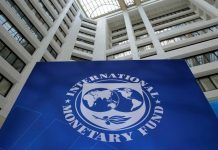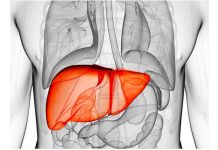Africa-Press – South-Africa. It’s been 20 years since the United States launched its global fight against HIV/AIDS, the President’s Emergency Plan for Aids Relief (PEPFAR), under the George Bush administration.
The project has been phenomenal in fighting the scourge in Africa, a continent more severely affected by HIV with a record estimated 30 million deaths since 1982, according to World Health Organisation (WHO) figures.
The adult rate of infection in Africa in late 2005 was 6.1%, compared with 1% worldwide, but had dropped to 5% by 2007, compared to 8% worldwide.
Dr John Nkengasong, US Global Aids coordinator and special representative for global health diplomacy at the US State Department, talking to African journalists, said PEPFAR brought hope to people who had lost hope in Africa.
“I think it represents three things: one is hope; the second is impact; and third is a partnership, the power of partnerships. I start there because PEPFAR has transformed the trajectory of HIV/Aids on the continent of Africa in a dramatic way.
“For those of us who have been in the field of HIV/Aids for many, many years – I joined the field of HIV/Aids in 1988 – and before PEPFAR was announced on 29 January 2003, there was a total sense of helplessness across the continent,” he said.
Before PEPFAR, only 50 000 of the infected population in Africa had access to treatment but as of 2020, more than 20 million people are receiving life-saving antiretroviral therapy.
In figures he said, PEPFAR, through the political will of its government partners across the continent, can speak for itself through the number of lives saved in the past 20 years.
“25 million lives have been saved, 5.5 million children have been born free of HIV/Aids, systems – health systems have been strengthened remarkably,” he added.
The fight against HIV/Aids has had economic benefits as well as improved life expectancy in sub-Saharan Africa.
“So PEPFAR has not only had an impact on saving lives; it’s also had a developmental impact in the countries that PEPFAR has operated in more than 20 years,” he said.
When HIV/Aids was at its most lethal in Africa, it was killing young people of working age, leaving nations with stunted economic growth.
But 20 years later and an investment of R1.98 trillion of which 95% was dedicated to Africa, HIV/Aids is no longer a death sentence.
“That is remarkable. It is the largest programme in the history of infectious diseases devoted by one country to solving one disease. We have not seen that in 100 years,” he added.
There are four main strategies adopted by all countries in fighting HIV/Aids. Those are the reduction of new infections, increased access to care, optimisation of health outcomes for people living with HIV/Aids, and reduced related health disparities and health inequities; and more coordinated national responses.
If they get this right, there’s a chance to eradicate HIV/Aids by 2030.
For More News And Analysis About South-Africa Follow Africa-Press






